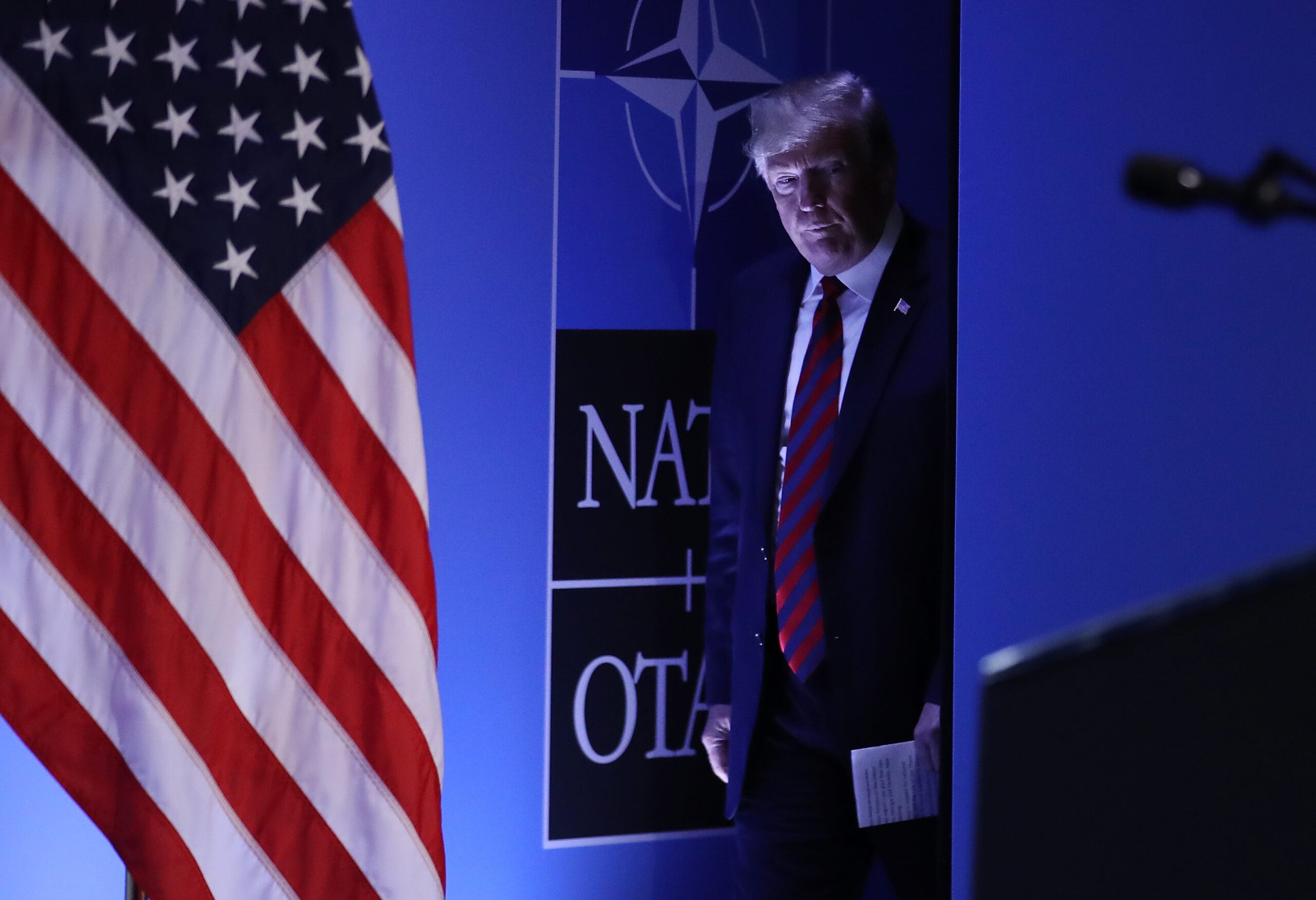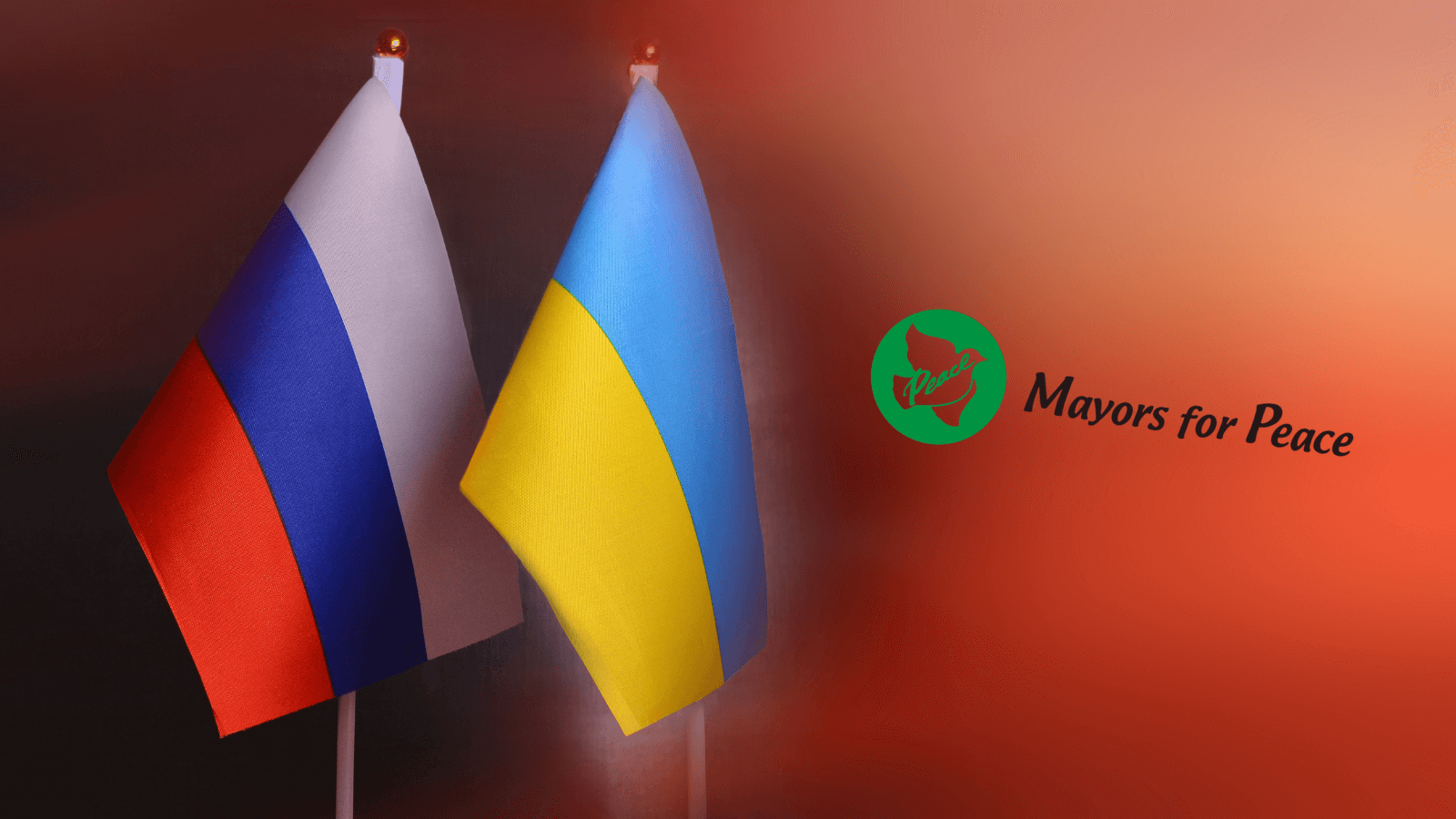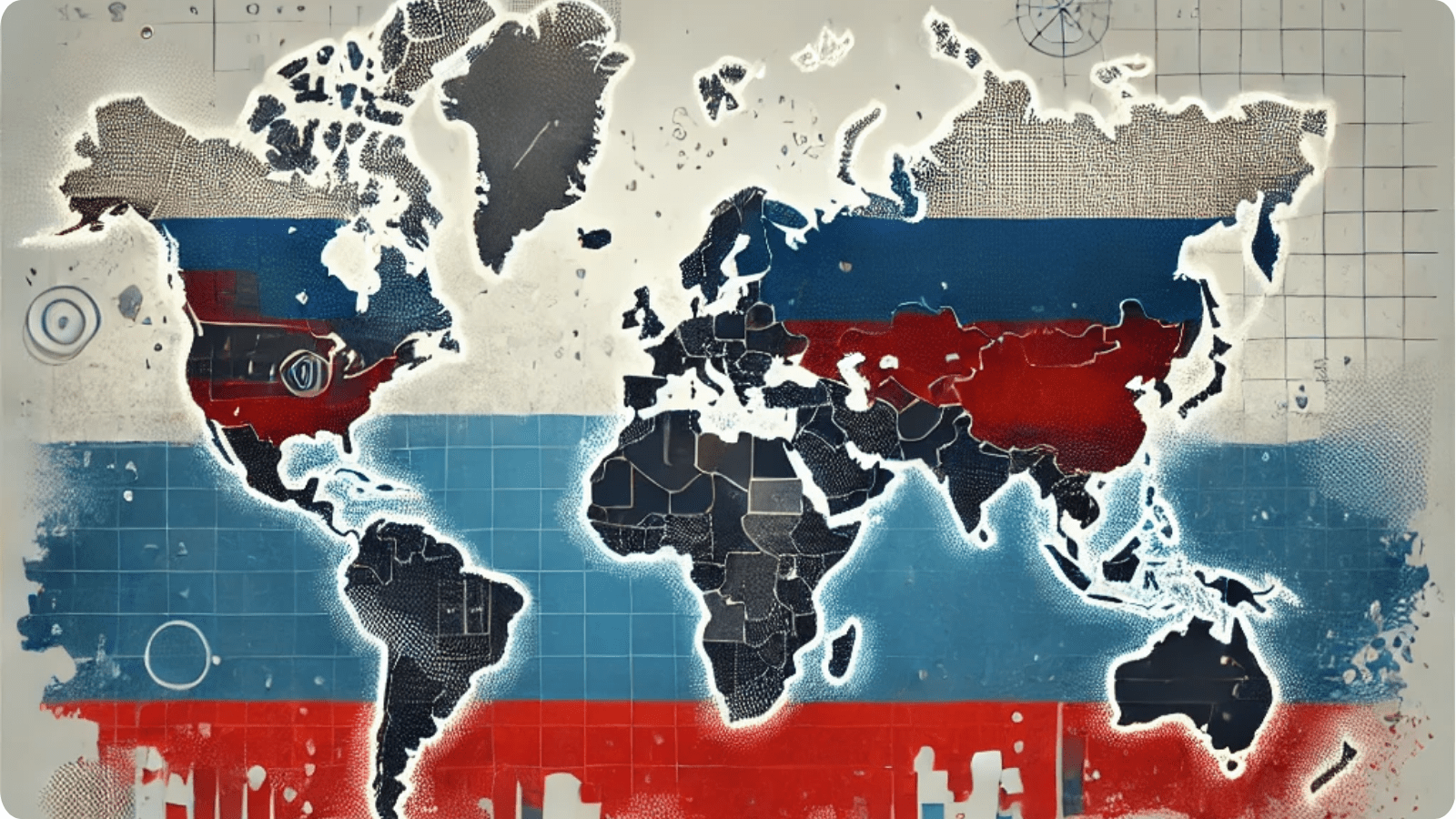The Israeli-Palestinian conflict has remained one of the most enduring disputes in modern international relations. Despite multiple peace efforts, the region remains trapped in cycles of violence, territorial disputes, and political fragmentation. The debate over state sovereignty and territorial integrity, which are the core principles of the Westphalian system, remains central to discussions of a two-state solution.
This question has gained renewed prominence following controversial proposals from the United States, particularly under the first administration of President Donald Trump. The so-called “Deal of the Century,” unveiled in 2020, envisioned a fragmented Palestinian entity with limited sovereignty, failing to secure broad international support. More recently, in his second term, reports have suggested discussions within U.S. circles about forcibly relocating Palestinians from Gaza, a proposal strongly condemned by regional and global actors. The Arab League and the Organisation of Islamic Cooperation (OIC) have countered such approaches with an alternative vision, calling for the reconstruction of Gaza under Palestinian Authority governance, supported by international guarantees.
It is necessary to examine whether a Westphalian order—built on mutual recognition of sovereignty and territorial integrity—can serve as a foundation for a just and lasting peace in the Israeli-Palestinian conflict. While the principles of Westphalia helped end the Thirty Years’ War and establish modern statehood in Europe, their application to the Middle East raises complex questions about historical legitimacy, external intervention, and the nature of sovereignty itself.
The Peace of Westphalia, which ended the Thirty Years’ War in 1648, is widely regarded as a foundational moment in the development of modern statehood. The treaties established key principles that have shaped international relations.
Westphalia institutionalised the idea that states exercise exclusive authority within their borders, free from external interference. The treaties also sought to prevent any single power from dominating Europe, establishing a precedent for regional stability through equilibrium. Finally, the agreements affirmed that borders should be respected and that states should not seek territorial expansion through war.
Some parallels exist between the conditions that led to Westphalia and the dynamics of the Israeli-Palestinian conflict.
Just as 17th-century Europe was fractured along religious and dynastic lines, the Israeli-Palestinian conflict involves overlapping religious, ethnic, and nationalist identities. Like early modern Europe, the Israeli-Palestinian conflict involves not only states but also non-state actors (e.g., Hamas, Hezbollah) and regional players (e.g., Iran, Egypt, Saudi Arabia).
Similar to the way European powers shaped conflicts before Westphalia, the Israeli-Palestinian dispute remains deeply entangled with foreign involvement, particularly from the U.S., Iran, and international organisations.
However, it is also true that there are differences between the two cases. For example, Westphalia was negotiated between relatively equal parties, whereas Israel and the Palestinian territories exist in a highly asymmetric power relationship.
Unlike Westphalian states that recognised each other’s sovereignty, Israel and Palestinian leadership factions have been unable to reach mutual recognition. The European state system developed organically over centuries, whereas Middle Eastern borders were largely drawn by colonial powers, leaving disputes over legitimacy and historical claims.
These differences suggest that while a Westphalian model might provide a conceptual framework, it would require significant adaptations to be effective in the Israeli-Palestinian context.
What then could be a model for the resolution of the Palestinian problem?
A Westphalian approach to resolving the Israeli-Palestinian conflict would first and foremost necessitate the acknowledgement of each other’s right to exist as sovereign states within mutually agreed borders. A peace agreement would have to define clear, internationally recognised borders, potentially based on pre-1967 lines with negotiated land swaps. Regional actors would have to commit to non-interference in each other’s internal affairs, reinforced by international guarantees. A regional security architecture—perhaps modelled on the Conference on Security and Cooperation in Europe (CSCE)—could help prevent unilateral actions that destabilise the peace.
However, significant challenges remain. Israeli settlement expansion, Palestinian political fragmentation, and external interventions from the U.S., Iran, and other regional players complicate the feasibility of such a framework.
While the principles of Westphalia provide a valuable lens through which to examine the Israeli-Palestinian conflict, a strict application of its model seems difficult. The historical conditions that enabled the Westphalian order in Europe do not easily map onto the realities of the modern Middle East. However, a modified Westphalian approach—grounded in mutual recognition of sovereignty, territorial integrity, and non-interference—could serve as a framework for a two-state solution.
The challenge lies not in imposing a European historical model onto the Middle East but in adapting its core lessons to present-day realities. A lasting resolution will require not only diplomatic negotiations but also shifts in political will, regional power dynamics, and international mediation. The alternative, namely continued conflict, will only prolong suffering and instability for generations to come.








